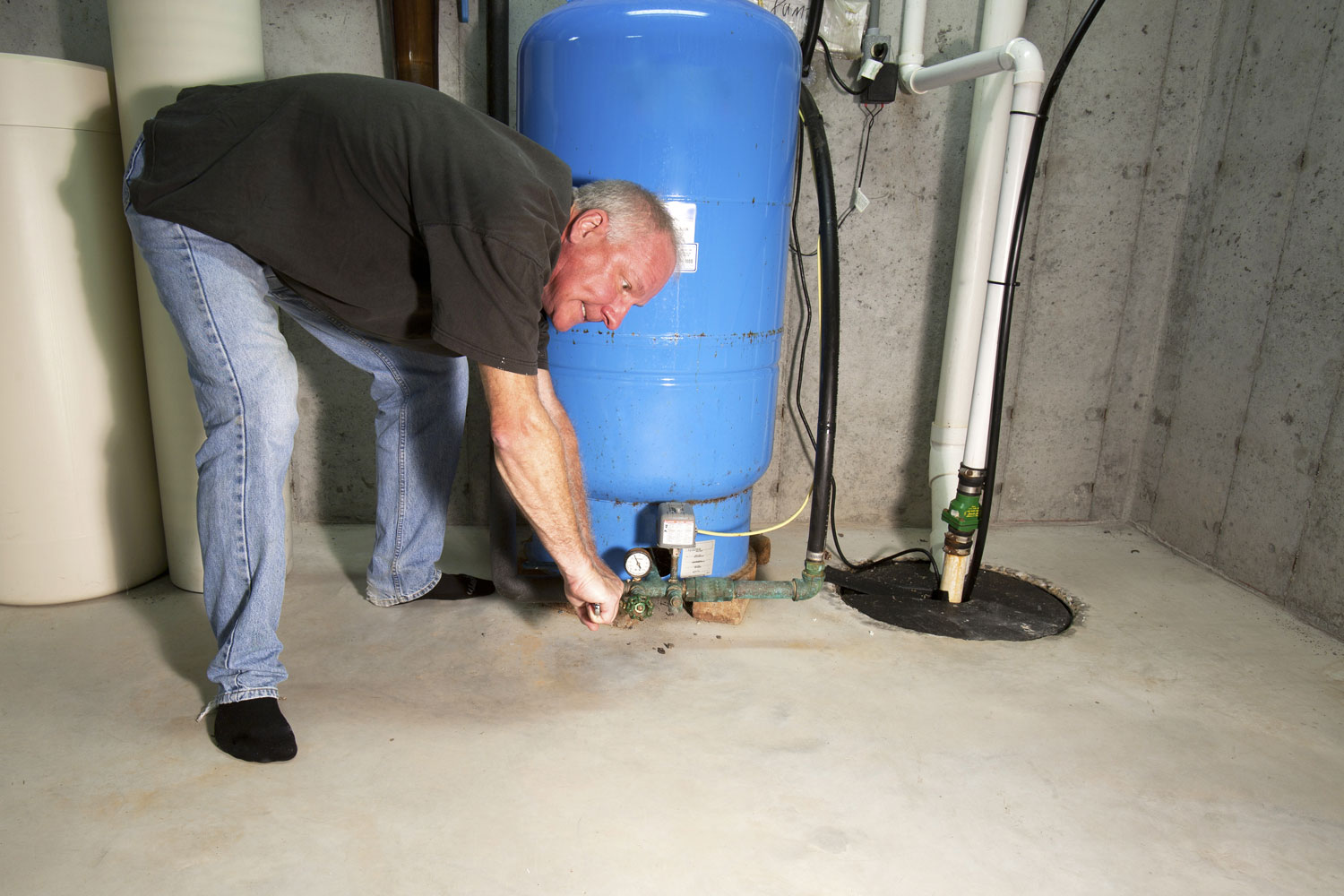If your house has a basement or crawlspace, a sump pump is a great appliance to
prevent flooding. A pump sump essentially diverts water from around the house’s
foundation, especially during heavy rains when there is a threat of your home being
flooded and damaged by water.
If your sump pump fails your basement can become flooded and when this occurs,
you must act very quickly. Water damage can be a progressive problem if not
handled quickly. It can lead to mold and mildew growth and structural damage.
Sump pumps are an extremely important feature and help to keep your basement or
crawlspace dry. When there are heavy rains, the pump will activate and remove the
water away from your home. However, sometimes your sump pump can
malfunction or fail, which will more often than not, cause damage to your home.
Causes for Sump Pump Failure
The Pump Is Simply Overworked
If the water is coming in very fast or your sump pump is very old, the pump may not
be able to handle the amount of water coming in. Typically, this occurs when there
are very heavy rains or in the case of flash floods. The quality of the sump pump can
also makes a difference in operating efficiency. Some cheaper models cannot
withstand a sever thunderstorm bringing with it lots of rain in a short period of
time.
So what can you do? Either you can buy a sump pump with a larger pump-out
capacity or buy a second pump and have it installed in the crock just above your
original one. This way you will not have to worry about heavy rains overwhelming
your pump.
No Water in the Sump Pump
This essentially means that the sump pump or crock has not been installed properly
or it is not connected to your drainage system. The drainage system is extremely
important and it is ideal to have the drain tile installed along the basement walls
both inside and outside of your home’s foundation. There will not be any problem as
long as the drain collects the water and causes it to flow into the crock. No sump
pump will operate properly if the drainage tile is damaged.
Your solution; have the drainage system inspected by a licensed plumber and repair
or replace it.
Clogged Sump Pump
There are many ways in which the sump pump can get clogged and cause a backup
resulting in water damage. Some of the reasons that sump pumps get clogged are:
- The sump pump crock may be clogged with dirt and debris.
- The sump pump can get dirty and clogged when the crock gets clogged.
- The switch that turns on the pump gets clogged or jammed in an open
position. - Cheaper models of switches will get jammed or tangled and will not switch
on or off, causing a huge water mess.
You should call a plumber to inspect the sump pump and see if it can be repaired or
needs replacing. Ensure that it has an airtight lid, which does not allow any
miscellaneous items from entering.
Clogged Discharge Lines
The discharge lines of the sump pump may be clogged or frozen causing the system
to malfunction and not pump out the water.
You can clean the sump pump and crock or have them cleaned professionally. Check
to make sure that the discharge line from the pump to the outside isn’t slanted in the
wrong direction. Also see that there is no ice buildup at the end of the discharge line.
You can also consider adding some insulation around the discharge lines in colder
months to help prevent freezing or ice buildup.
Sump Pump Loses Power
This is a big one! If there is a loss of power and you’re not at home then you may
face a serious risk of your basement getting flooded. Sometimes circuit breakers can
trip or if the sump pump can become accidentally unplugged by children or pets.
There are simple things you can do, things like checking the circuit breaker and plug
on occasion. However, in case of a power outage, installing a battery backup can
keep the pump working and prevent water from overflowing the crock until power
is restored.
Non-Stop Running of the Sump Pump
If you have the pump that is running continuously, but there is no water, then there
is a problem which requires attention before the pump burns it self out. Some of the
common causes for this are:
- Broken or a missing check valve that allows the water to flow back into the
pit and into the basement. - Wrong liner size or sump pump. The pump may be too small to handle the
water coming in or the pit may be too small and the water may fill very
quickly causing the pump to go on an overdrive. - The float switches in the sump pump may be clogged and tangled.
Contact a plumber to check the sump pump before a rainstorm and ensure that it is
working properly.
Your sump pump can malfunction due to several reasons. Another great tip we
recommend is to do a monthly check of the operation of your pump by dumping a 5
gallon bucket of water into the crock. That should be enough water to cause the
pump to cycle and pump out the water. Our Water Mold Fire Restoration team can
help you if your sump pump fails and help restore your home in case of any water
damage. Call us 24/7 at 800-905-0277 or email us at help@watermoldfire.net.








